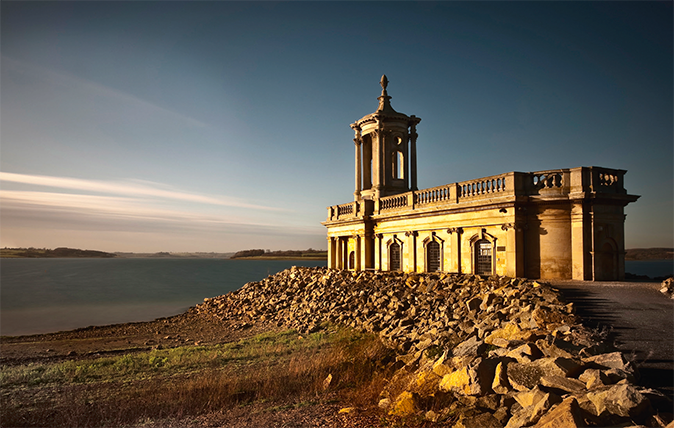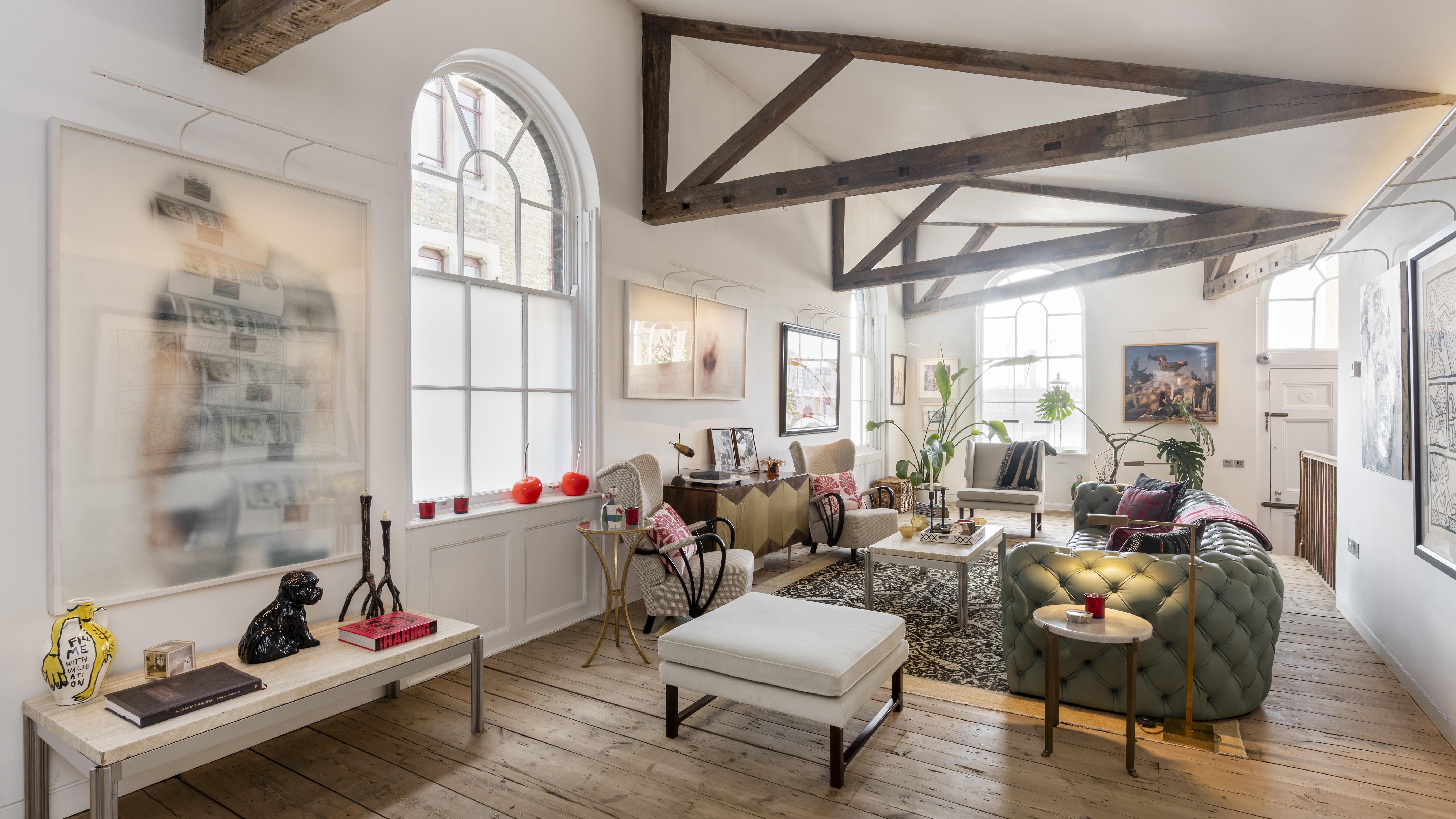Rutland: Why Britain's smallest county is getting big attention
Carla Passino takes a look at the things which have turned the unlikely spot of Rutland into a property hotspot.


When the sun sets over Rutland Water, etching Normanton Church’s graceful tower against the glorious orange blaze, it’s easy to see why England’s smallest county is fast becoming a property hotspot. ‘This is a beautiful part of the world,’ says David Crooke of local agents UPP Property. ‘I used to live in London and I’m very happy to have swapped the traffic and daily commute for this.’
In January, Rutland made the headlines when the Office for National Statistics revealed that local property prices had gone up by more than 20% in the year to November 2016, against a national average of 6.7%. Part of this sizeable increase is linked to local market conditions: Mr Crooke explains that the area has a chronic shortage of properties for sale and this supports values.
However, there are other factors at play that have propelled Rutland to national attention. Earlier this year, author Bill Bryson shone the spotlight on the county’s extraordinary beauty when he nominated Rutland Water—a wetland reserve that’s home to the first ospreys bred in England in 150 years—as one of five Heritage Sites of the Year for 2017. Miles of pristine countryside stretch around the reserve.
This is prime hunting country, a place of big hedges, thick copses and sweeping vistas across lush fields—all crisscrossed by footpaths and bridleways. ‘If you’ve got horses, this is a great county to live in,’ comments Nicky MacKenzie of SEIB Insurance Brokers, who moved here from Surrey 20 years ago. Even the verges—long, grassy and teeming with wildlife— are beautiful. The landscape is peppered with stone villages that are as pretty as they are vibrant.
‘Within five miles of where I live, lots of small villages hold summer fêtes,’ enthuses Miss MacKenzie. ‘There are dog shows to attend and a great beer festival where you can get a pint for £1.’
Pubs and restaurants are excellent, too: ‘I go mostly to The Wheatsheaf in Greetham, but The Olive Branch in Clipsham is also very good, as is the Finch’s Arms in Hambleton.’ The local market towns—Oakham, Uppingham and, just over the Lincolnshire border, Stamford—consistently rank among the best places to live in Britain.
‘Each has a slightly different inflection,’ says Edward Brassey of Strutt & Parker. ‘Stamford is beautiful and bustling, with all the supermarkets and brand names you could wish for; Oakham and Uppingham are smaller, but lovely and full of independent shops.’
Sign up for the Country Life Newsletter
Exquisite houses, the beauty of Nature, and how to get the most from your life, straight to your inbox.
In the recent past, however, the biggest boost to Rutland’s property market has come from the improved railway link between Peterborough and London. The Cambridgeshire station received a substantial revamp in 2014 and, since then, faster trains with a greater number of seats have progressively been introduced to the line, with a further upgrade planned for 2017 and 2018.
This has really helped open up the Rutland market to London buyers. ‘It’s only 50 minutes from Peterborough into King’s Cross,’ explains Mr Crooke, ‘so people are cashing in on their London terrace to buy a four- or five-bedroom house here.’
A lot of incomers are families looking to bring up and educate their children in the country. At a time when finding a place at a good London school is a struggle, Rutland’s abundance of options is especially appealing. One of the local primaries, Brooke Hill Academy, is rated outstanding and the county is blessed with easy access to excellent senior schools, from the venerable Oakham and Uppingham to Bourne Grammar, just over the county border in Lincolnshire, and Oundle, half an hour south in Northamptonshire.
Whether local or newcomers, most buyers seem to have a preference for panoramic locations, with villages along Rutland Water commanding a premium. ‘Hambleton, in particular, fetches a double premium because of the location and the big houses you can find there,’ says Mr Brassey. Although prices have shot up in the past year, the county remains reasonably affordable: large village houses cost in the region of £550,000–£600,000, with period country houses fetching between £1 million and £2 million.
Carla must be the only Italian that finds the English weather more congenial than her native country’s sunshine. An antique herself, she became Country Life’s Arts & Antiques editor in 2023 having previously covered, as a freelance journalist, heritage, conservation, history and property stories, for which she won a couple of awards. Her musical taste has never evolved past Puccini and she spends most of her time immersed in any century before the 20th.
-
 Graham Norton's elegant East London home hits the market, and it's just as wonderful as you would expect
Graham Norton's elegant East London home hits the market, and it's just as wonderful as you would expectThe four-bedroom home in Wapping should be studied for how well it uses two separate spaces to create a home of immense character and utility.
-
 Sign of the times: In the age of the selfie, what’s happening to the humble autograph?
Sign of the times: In the age of the selfie, what’s happening to the humble autograph?When Ringo Starr announced that he was no longer going to sign anything, he kickstarted a celebrity movement that coincided with the advent of the camera phone and selfie. Rob Crossan asks whether, in today’s world, the selfie holds more clout than an autograph?